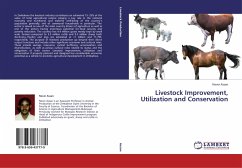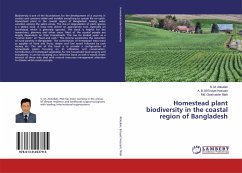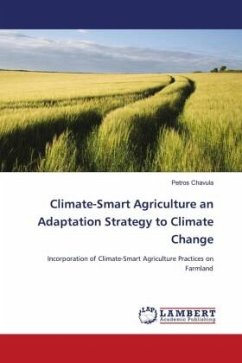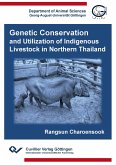In Zimbabwe the livestock industry contributes an estimated 15- 25% of the value of total agricultural output playing a key role in the national economy and nutritional and material well-being of the country's population generally, and of communal households in particular. The sector is valued as one of the main country drivers of agriculture as well as one of the sectors having enormous potential for food security and poverty reduction. The country has 4.4 million goats mostly kept by small scale farmers compared to 5.3 million cattle and 0.3 million sheep both declining. Poultry and pigs are estimated at 11 million and 11,795, respectively. The purpose of livestock production go beyond their direct output functions and include other significant economic and cultural roles. These include savings, insurance, cyclical buffering, accumulation and diversification, as well as various cultural roles related to status and the obligations of their owner. Livestock improvement, utilization and conservation if properly planned and designed has considerable economic potential as a vehicle to promote agricultural development in Zimbabwe.
Bitte wählen Sie Ihr Anliegen aus.
Rechnungen
Retourenschein anfordern
Bestellstatus
Storno








